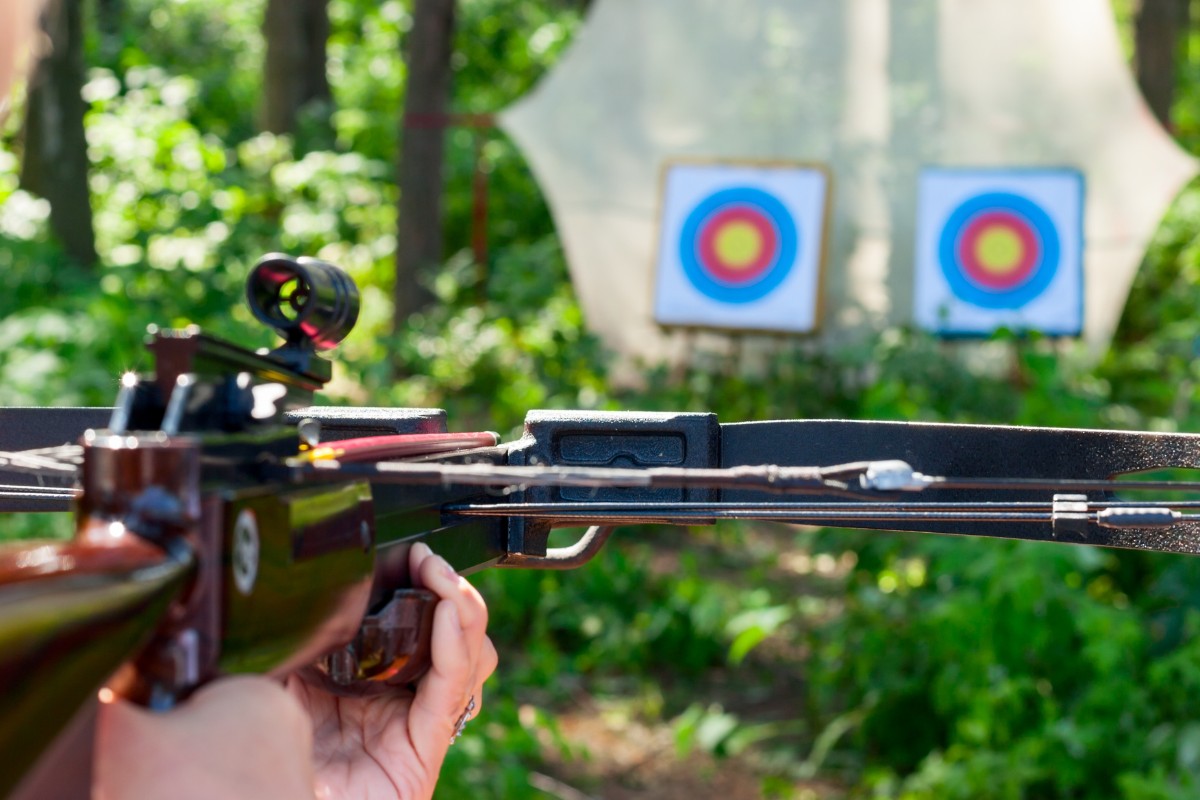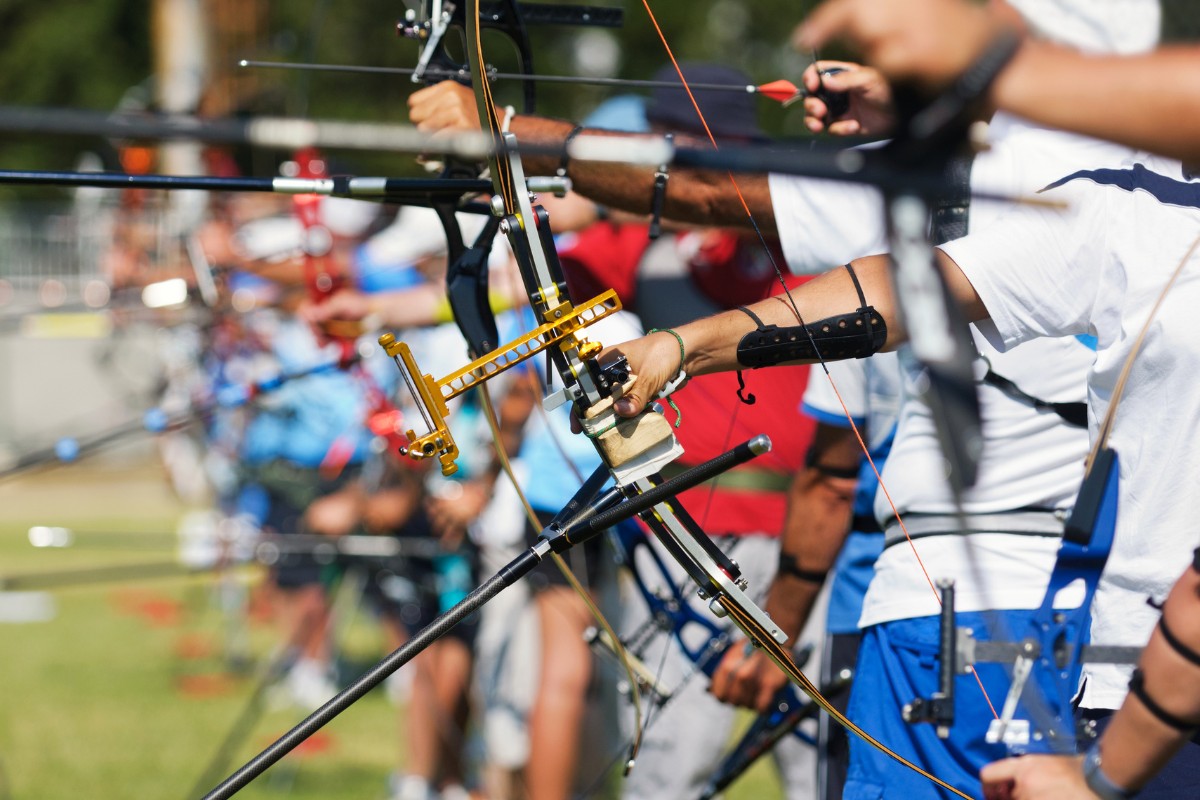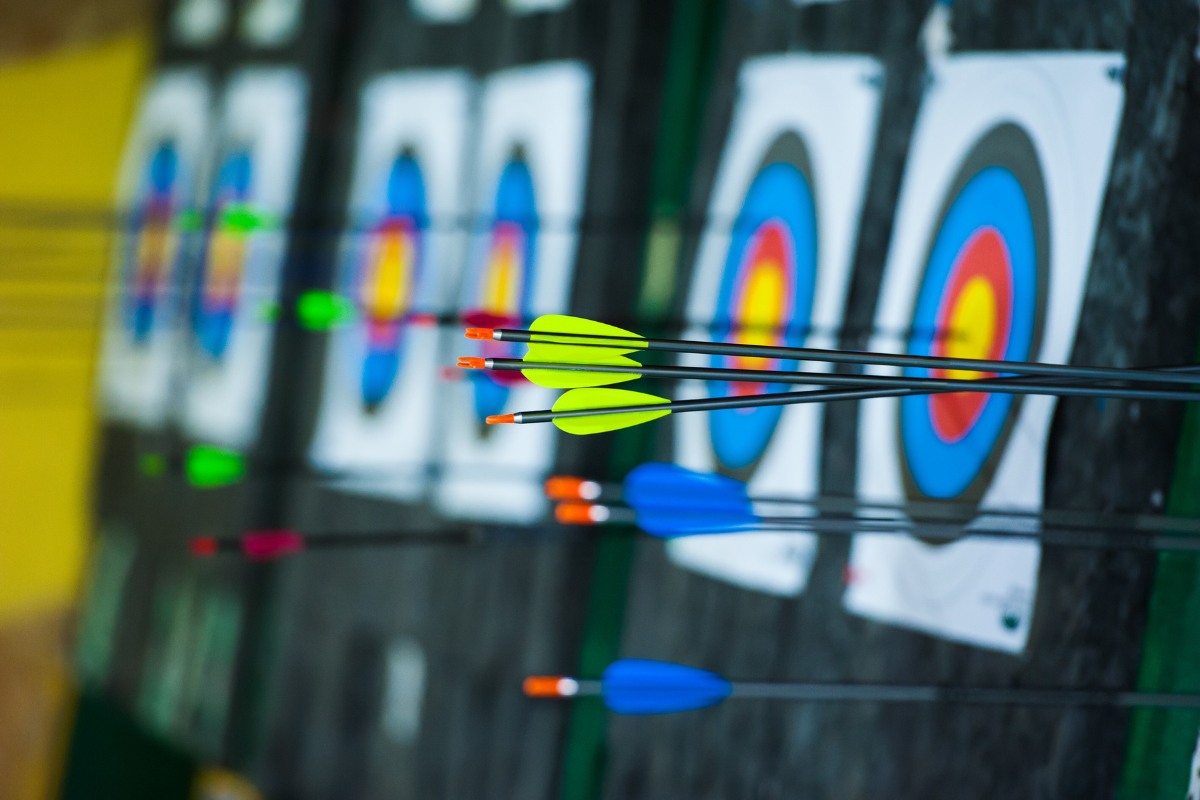When they first came out, the differences were subtle, and the advantage over vertical bows was minimal. Crossbow advocates preached and preached and had us buy into the concept and adapt it into archery seasons at a record pace.
Fast forward and we are back into the 70s compound vs. recurve bows argument. When crossbows first came out, the leap in technology was unnerving and caused quite the uproar. Archers thought it would be detrimental to the sport, but it turned out to be the complete opposite. The level of skill required for the compound was the same as that for recurve bows, but their convenience made shooting much more enjoyable and increased participants.
Currently, crossbows have taken almost 50% of archers, and for good reason. With headlines such as “your next rifle” or “100-yard accuracy” and features such as “comes fully equipped,” even the most seasoned vertical archers have no choice but to think twice about their recurves and compounds.
Seeing as they are allegedly more powerful than vertical bows, should a weapon that can shoot accurately from a hundred yards away be included in the same sport as that which can only shoot from 40 or 50 yards?
Does Archery Include Crossbows
Yes, it does. More than half of the states in the US have realized this and have allowed them to be used alongside bows during hunting. What’s more, there are bodies such as the NFAA and IBO that allow both cross and vertical bows in the same competition.
The reason why this debate has never been settled is that some archers still believe crossbows give a significant advantage over their vertical counterparts. Nonetheless, whether you are into horizontal or vertical archery, they are both forms of archery.
Opponents of crossbows would see this answer as a slap in the face of archers. It is only among the uninformed that the belief of crossbows being nothing short of a rifle that shoots arrows still prevails. Among other points put forward are they are very unsafe, more accurate, and much easier to shoot than compound bows. If these allegations are indeed true, then crossbows give the user too much advantage over vertical bow users and truly have no place in the world of archery. But are they?
More and more people, after trying out the cross and vertical bows, reach the conclusion that not only are the two comparable, but also crossbows fail to match up to vertical bows in some situations. Below are some of the most commonly held myths about cross vs. vertical bows that have led most to disregard crossbows from archery due to “unfair advantage.”
Crossbows vs. Vertical Bows
Crossbows Are More Powerful Than Vertical Bows
Opponents of crossbows believe that one of the advantages of crossbows over vertical bows is the speed of the arrow. It is measured in feet per second (fps), and some crossbows have over 400 fps. This would mean that with a crossbow, you can shoot from very far away and still give the animal very little time to move before impact.
However, there are two things that determine the speed of your arrow. The first is draw weight, which is the maximum force you need to hold the arrow at full draw. The more the draw weight, the more the force. Crossbows have significantly more draw weight than vertical arrows; typically, twice the amount. This would lead people to believe crossbows have more power, right?
The other determinant of speed and power is called power stroke. Power stroke is the maximum distance you pull the string from rest to full draw. Brace height is the distance from the string at rest to the grip. That means a bow with a 35-inch draw length and an 8-inch brace height has a 27-inch power stroke. The power stroke generates kinetic energy, and the longer it is, the more the energy. On average, the crossbow has a power stroke of 14 inches, while vertical bows have about 25 inches. With an advantage of 11 inches, vertical bows deliver far superior kinetic energy than a crossbow.
Crossbows Are Easier to Shoot Than Vertical Bows
If you mean they are much easier in terms of learning the basic mechanism and becoming comfortable shooting it, then we are forced to agree with you. You only need 30 minutes tops on the range with it to comfortably shoot from 20-30 yards. You may still need to smoothen some rough edges, but you will have sorted the basics.
But if you mean too easy to use in the field shooting or hunting, then you have never held a crossbow in your hands. It is much more cumbersome, heavy, and awkward to hold and carry than a vertical bow because of two things: size and draw.
Size
Vertical bows are longer from axle to axle, as most crossbows measure about 24 inches axle to axle. However, the length of crossbows, which averages at about 34 inches, makes them twice or thrice heavier than vertical bows. It is such a chore to carry them over long hunting trips.
The crossbow is designed to be heavy at the front end, so unless you add to your luggage by carrying a stand, it is quite difficult to hold steady as you aim.
Drawing the Bow
Even though they were initially set aside for injured or handicapped persons, the high draw weight of the crossbows runs contrary to this goal. You need a lot of muscle power to reach full draw and lock it in. The cumbersome crank can take up to 30 seconds or more if you are starting out. This is quite inconvenient, especially if you are out hunting.
Crossbows Are More Accurate Than Vertical Bows
Vertical bows are much more efficient and accurate than crossbows. Before you disagree, there are a number of competitions and tournaments such as the NFAA and IBO that allow the use of crossbows. The results? You guessed that right: on average, crossbow archers scored fewer points than vertical bow archers.
One of the reasons for this is the consistency in anchor points achieved by vertical bow archers. Most of them use releases, with the string loop release being the most common. The string loop allows the arrow to sit at the exact same spot with each draw, making it very accurate.
With crossbows, the string position is easily compromised, messing with the aim of the archer during release.
Related Questions
Between Crossbows and Vertical Bows, Which Is Better for Hunting
Let us create two hunting scenarios. In the first, you are equipped with a crossbow, and in the second, a vertical bow.
In the first, you have hauled your heavy crossbow (and perhaps your stand as well) all the way into the woods, so you have already gone through your first water bottle. You spot a deer and get into position. Your arrow was already locked in, so you aim for as long as you want, then fire.
In the second scenario, your trek was relatively simple with your arrows on your back and bow slung over your shoulder, leaving your hands free. You are well-rested when you spot your deer, so you start creeping in closer. Once in position, you draw carefully not to make any noise. You have to hold the string at full draw as you aim, which may be tiresome if the deer is walking around, then you release.
From the two scenarios, you can see that none of the two has significant advantages over the other. When one loses on one front, it makes up on the other. It all comes down to preference. If you would rather use heavy or light gear for faster or slower kills, respectively, it is all up to you.
Is It Legal to Hunt with Crossbows
The question of legality depends on your local area or state. There are some states, such as Ohio and Alabama, where crossbow hunters enjoy the same privileges as any bowhunter. In some, such as Oregon, it is completely forbidden, while in some, such as Washington, it is allowed only for disabled people. That said, you should check what the rules in your local area are before taking out your new crossbow for a spin.
Final Thoughts
There is no denying that there are differences between crossbows and vertical bows. With crossbows, the only skill you need is aiming. With vertical bows, you need to develop your form through consistent shooting so that you can aim accurately at full draw. Nonetheless, the notion that these differences give crossbow archers a significant advantage during hunting or whatever sport over vertical bow archers is not true. The only visible advantage is that crossbows lock the arrow into place and hold it there as long as you want.
Give it a couple of years, and when the dust settles, just like the compound vs. recurve argument, we will be thankful that crossbows are as convenient as they are. But for now, as they become increasingly effective and marketed as firearm replacements, you can keep on expecting more pushback.








